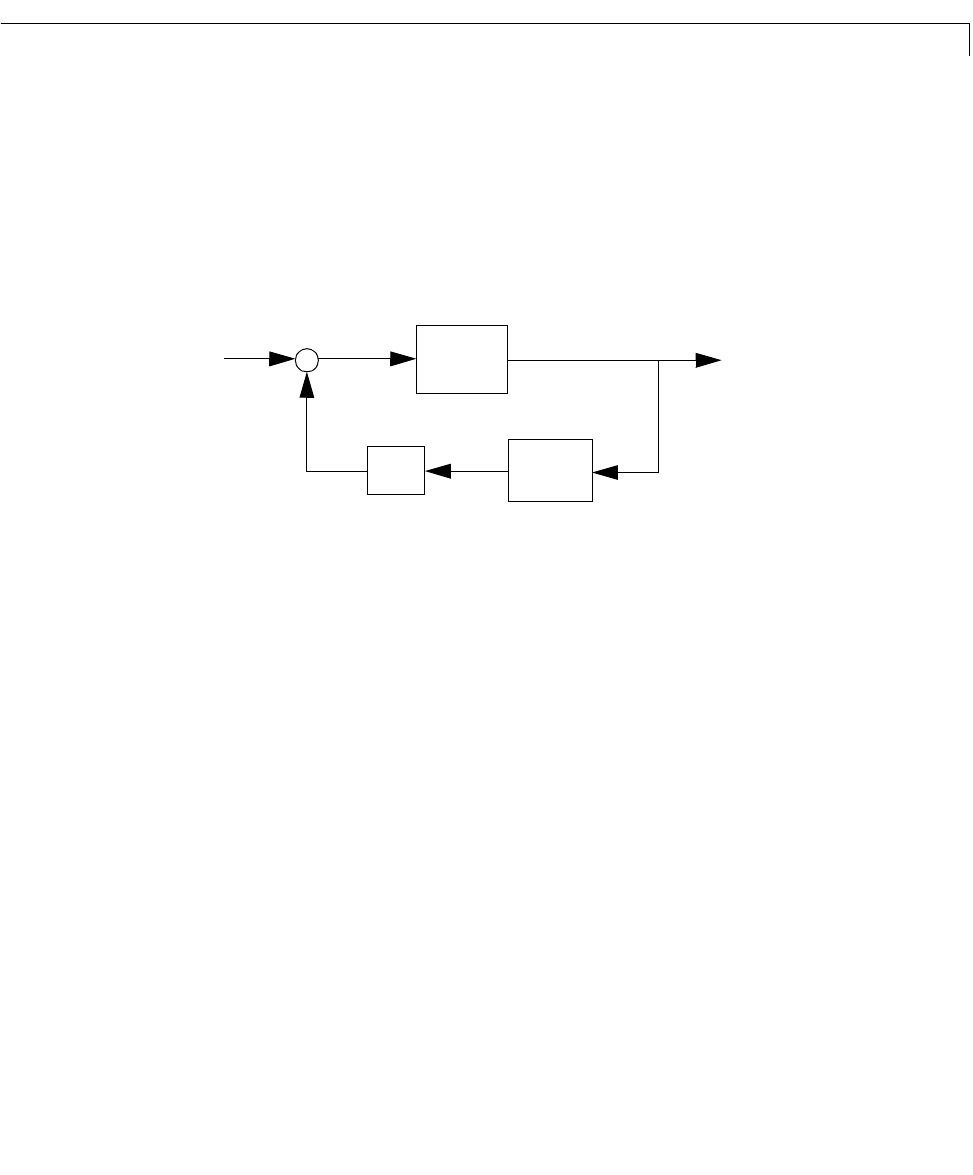User`s guide
Table Of Contents
- Preface
- Quick Start
- LTI Models
- Introduction
- Creating LTI Models
- LTI Properties
- Model Conversion
- Time Delays
- Simulink Block for LTI Systems
- References
- Operations on LTI Models
- Arrays of LTI Models
- Model Analysis Tools
- The LTI Viewer
- Introduction
- Getting Started Using the LTI Viewer: An Example
- The LTI Viewer Menus
- The Right-Click Menus
- The LTI Viewer Tools Menu
- Simulink LTI Viewer
- Control Design Tools
- The Root Locus Design GUI
- Introduction
- A Servomechanism Example
- Controller Design Using the Root Locus Design GUI
- Additional Root Locus Design GUI Features
- References
- Design Case Studies
- Reliable Computations
- Reference
- Category Tables
- acker
- append
- augstate
- balreal
- bode
- c2d
- canon
- care
- chgunits
- connect
- covar
- ctrb
- ctrbf
- d2c
- d2d
- damp
- dare
- dcgain
- delay2z
- dlqr
- dlyap
- drmodel, drss
- dsort
- dss
- dssdata
- esort
- estim
- evalfr
- feedback
- filt
- frd
- frdata
- freqresp
- gensig
- get
- gram
- hasdelay
- impulse
- initial
- inv
- isct, isdt
- isempty
- isproper
- issiso
- kalman
- kalmd
- lft
- lqgreg
- lqr
- lqrd
- lqry
- lsim
- ltiview
- lyap
- margin
- minreal
- modred
- ndims
- ngrid
- nichols
- norm
- nyquist
- obsv
- obsvf
- ord2
- pade
- parallel
- place
- pole
- pzmap
- reg
- reshape
- rlocfind
- rlocus
- rltool
- rmodel, rss
- series
- set
- sgrid
- sigma
- size
- sminreal
- ss
- ss2ss
- ssbal
- ssdata
- stack
- step
- tf
- tfdata
- totaldelay
- zero
- zgrid
- zpk
- zpkdata
- Index

Root Locus Design
7-3
Root Locus Design
The root locus method is used to describe the trajectories of the closed-loop
poles of a feedback system as one parameter varies over a continuous range of
values. Typically, the root locus method is used to tune a feedback gain so as to
specify the closed-loop poles of a SISO control system.
Consider, for example, the tracking loop
where is the plant, is the sensor dynamics, and is a scalar gain to
be adjusted. The closed-loop poles are the roots of
The root locus technique consists of plotting the closed-loop pole trajectoriesin
the complex plane as varies. You can use this plot to identify the gain value
associated with a given set of closed-loop poles on the locus.
Thecommand
rltool openstheRoot LocusDesignGUI. Inadditionto plotting
the root locus,the Root Locus DesignGUI can be used to design a compensator
interactively to meet some system design specifications.
TheRootLocusDesignGUIcanbeusedto:
•Analyze the root locus plot for a SISO LTI feedback loop
• Specify feedback compensator parameters: poles, zeros, and gain
• Examine how the compensator parameters change the root locus, as well as
various open and closed-loop system responses (step response, Bode plot,
Nyquist plot, or Nichols chart)
Chapter 8 provides more detail on the Root Locus Design GUI.
Ps()
+
Hs()k
r
–
y
Ps
()
Hs
()
k
qs
()
1 kPs
()
Hs
()+=
k










